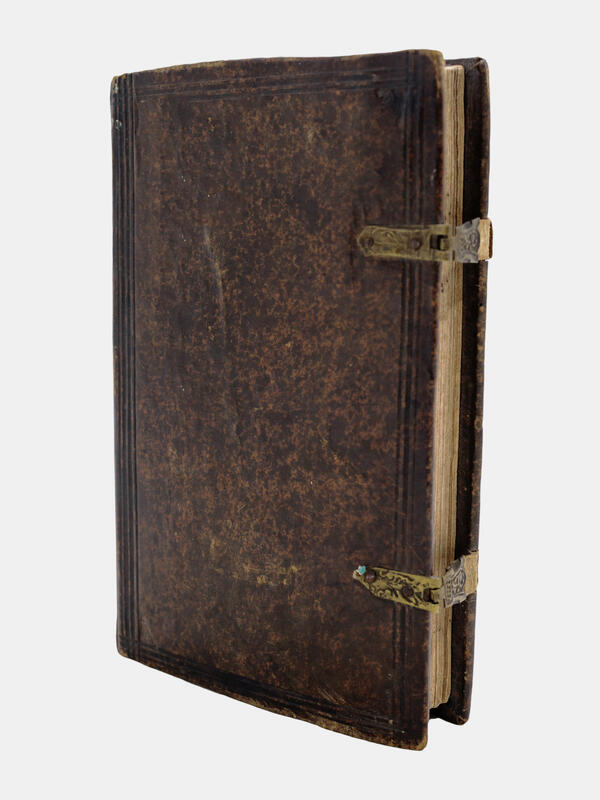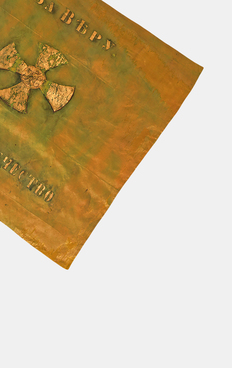The Military Articles set forth the basic principles of criminal responsibility, the concept of crime, the purpose of punishment and included a list of military crimes and penalties. They also contained a provision on justifiable defense and extreme necessity, as well as a list of mitigating and aggravating circumstances.
The Military Articles were based on several foreign sources, in particular, the Swedish Articles of Gustav Adolf in the later edition of 1683 (under King Charles XI). However, significant changes were made to the system of punishments, and statutory interpretations were added for each article.
In addition, other European legal documents, for example, imperial German laws, Danish and Dutch statutes, and Marine Ordinances of Louis XIV, were used as references for the Articles. Thus, the Military Articles were a compilation of various European sources. They were prepared by several people, among whom was the tsar himself and the cabinet secretary Alexey Makarov.
A crime according to the Articles was a socially
dangerous act that caused harm to the state. A criminal was a person who
violated the law and the prohibitions established by law. Crimes were divided
into intentional, negligent and accidental. If a person committed an
intentional or negligent crime, he was held criminally liable. Criminal conduct
included the following stages: intent, attempted crime and completed crime. In
some cases, in particular for state crimes (attempting to assassinate the
monarch, insulting the monarch, forming a rebellion or committing treason), the
law established punishment for mens rea alone. The Articles distinguished
between a completed attempted crime and an unfinished one. The purposes of the
proposed punishments were intimidation, isolation of the offender and
compensation for the damages suffered.





